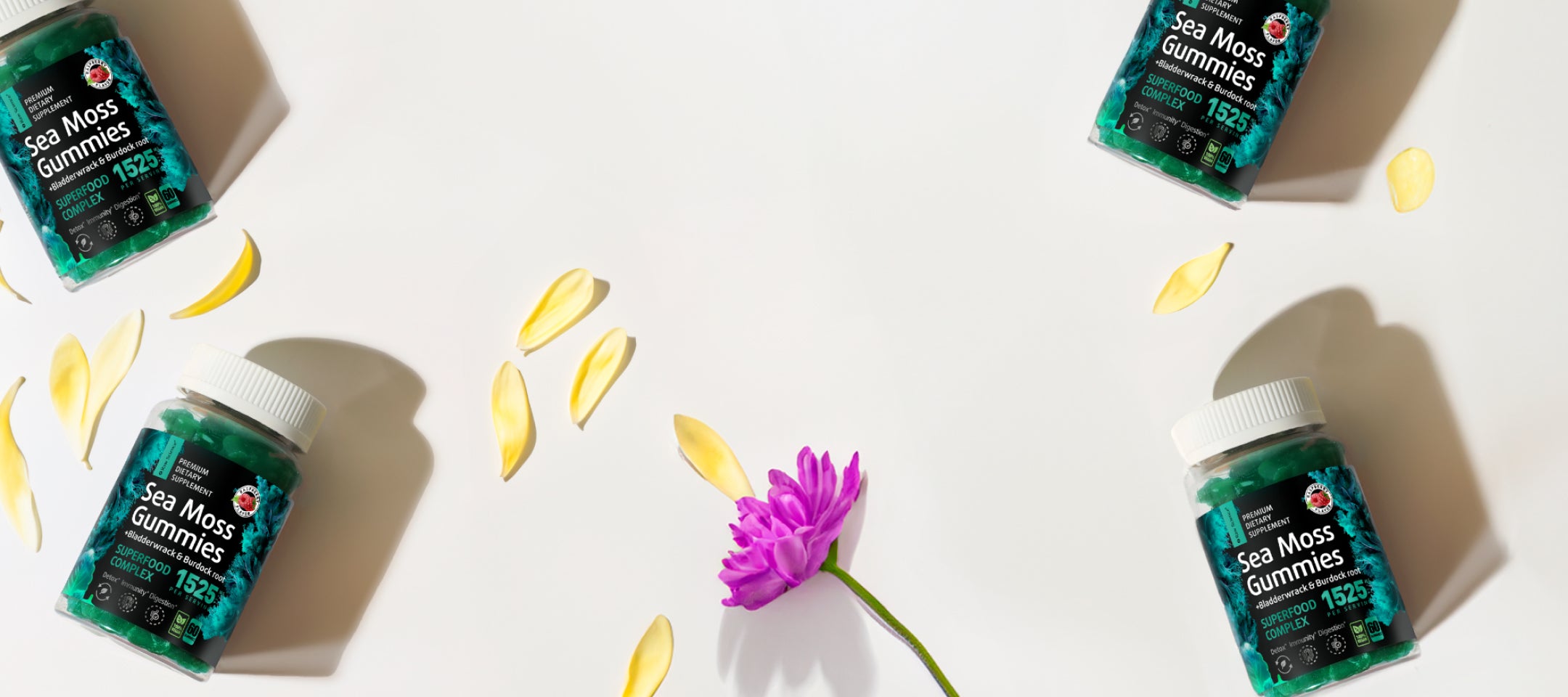- Immune Function
- Memory Boost
- Nerve Support
Supplements, Liquid Vitamins and Products for Health & Beauty
Customer video reviews
Liquid Brain Booster
Lion’s Mane Extract - 200 mg
An extract crafted from the lion's mane mushroom, recognized for promoting cognitive health, supporting immune system efficiency, and fostering nerve well-being. Regular users often report enhanced focus and memory retention.
Gluten-Free, Soy-Free, Wheat-Free, Egg-Free, Fish-Free
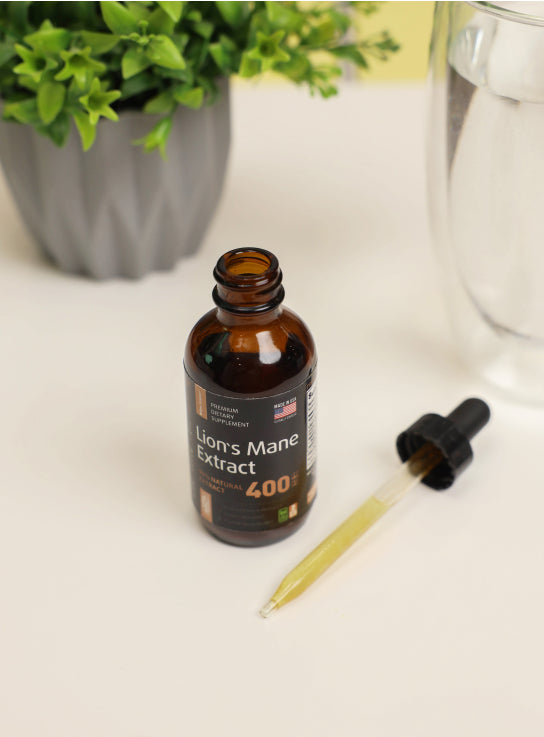
Lion's Mane Liquid Extract
Liquid Extract for Cognitive Health & Immune Consideration
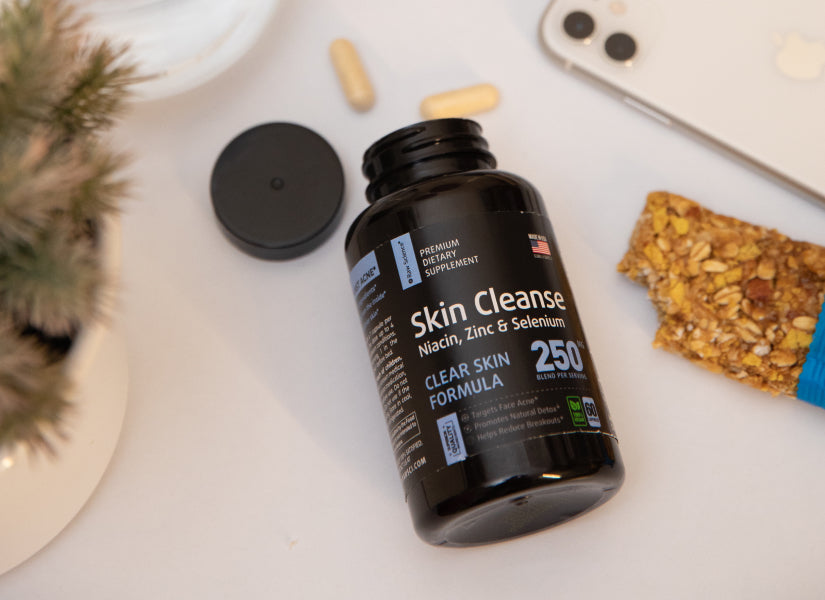
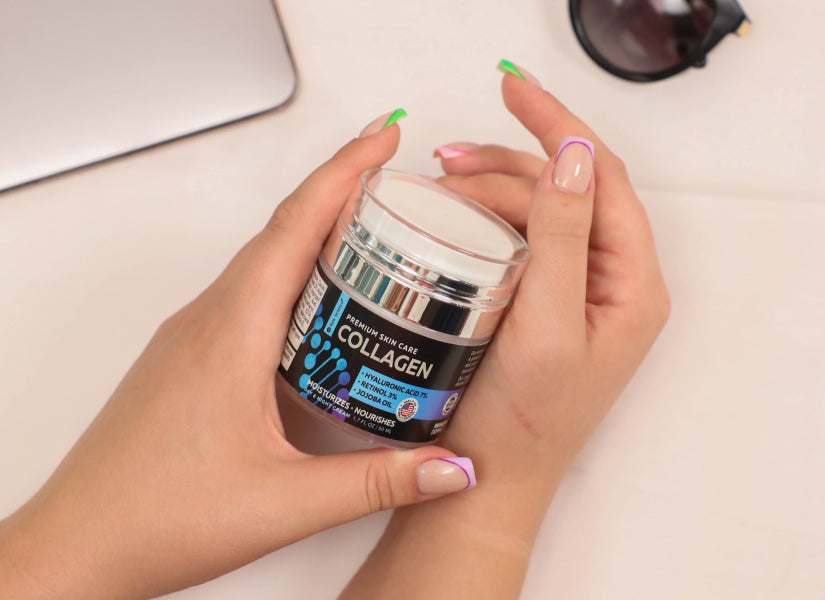
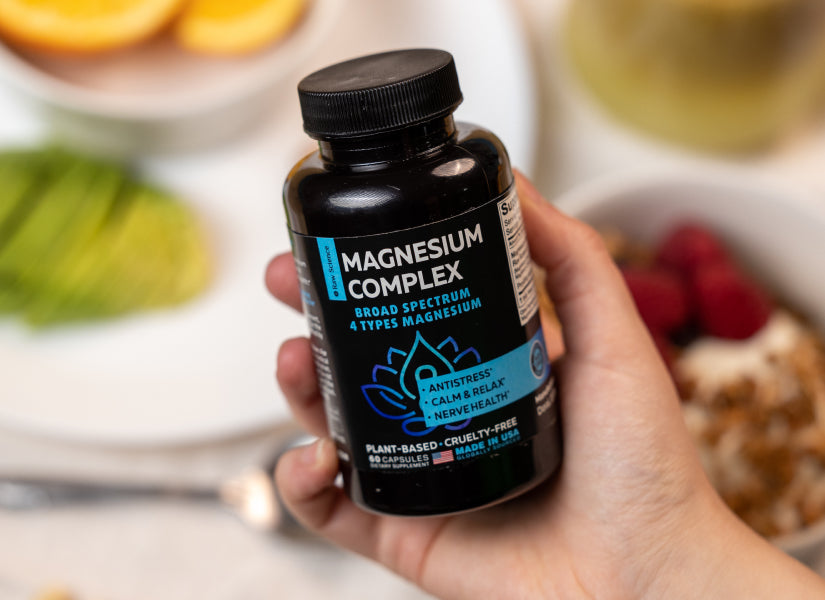
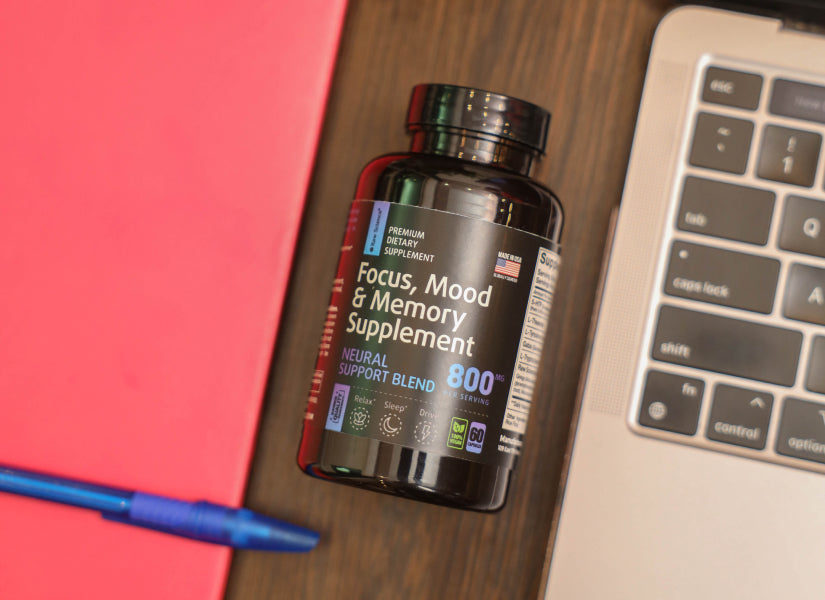
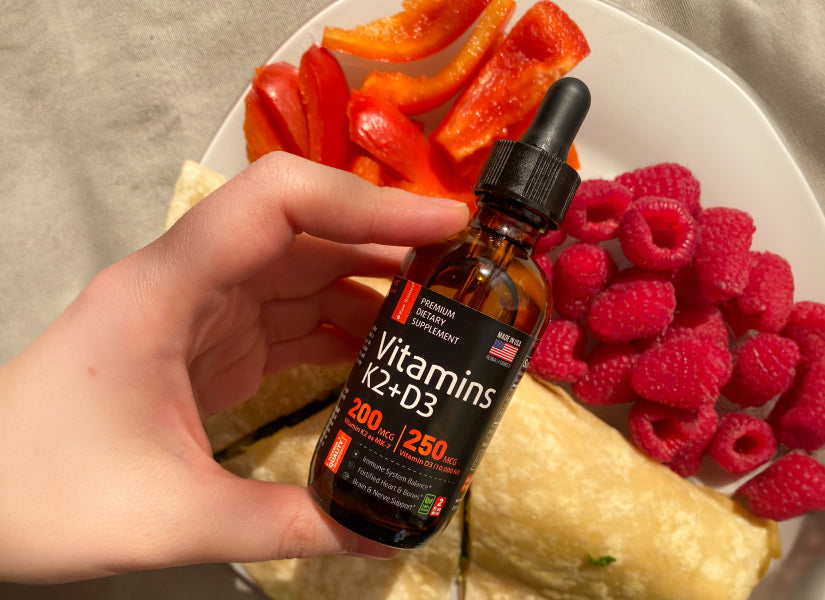






At Raw Science we believe that nature can be both gracious and cruel to a human body. Through the means of cutting edge science and research we deliver the best the nature...
Raw Science runs an educational Youtube channel where certified dermatologists and nutritionists cover various topics on your health and beauty.
What is your refund policy?
Our 100% money-back guarantee applies to all products purchased within the last 90 days. If a product was purchased more than 90 days ago, the product is no longer refundable. Customers who have received $200 in refunded product are no longer guaranteed money back and will be taken care of on a case-by-case basis.
How long will it take to get my orders?
As a customer of Raw Science Supplements Store, it's important to know how your orders are handled. Once you place an order, it enters a processing stage one day later and is typically dispatched for shipping within a timeframe of 1-2 business days. It's essential to note, however, that this timeframe isn't a certainty due to potential unexpected delays.
For a seamless supply of your preferred supplements, Raw Science advises you to reorder when your current stock is halfway depleted. This proactive approach helps avoid shipping delays, ensuring you always have your necessary supplements on hand.
Have more questions?
If you have additional questions, please email us at info@rawsci.com


